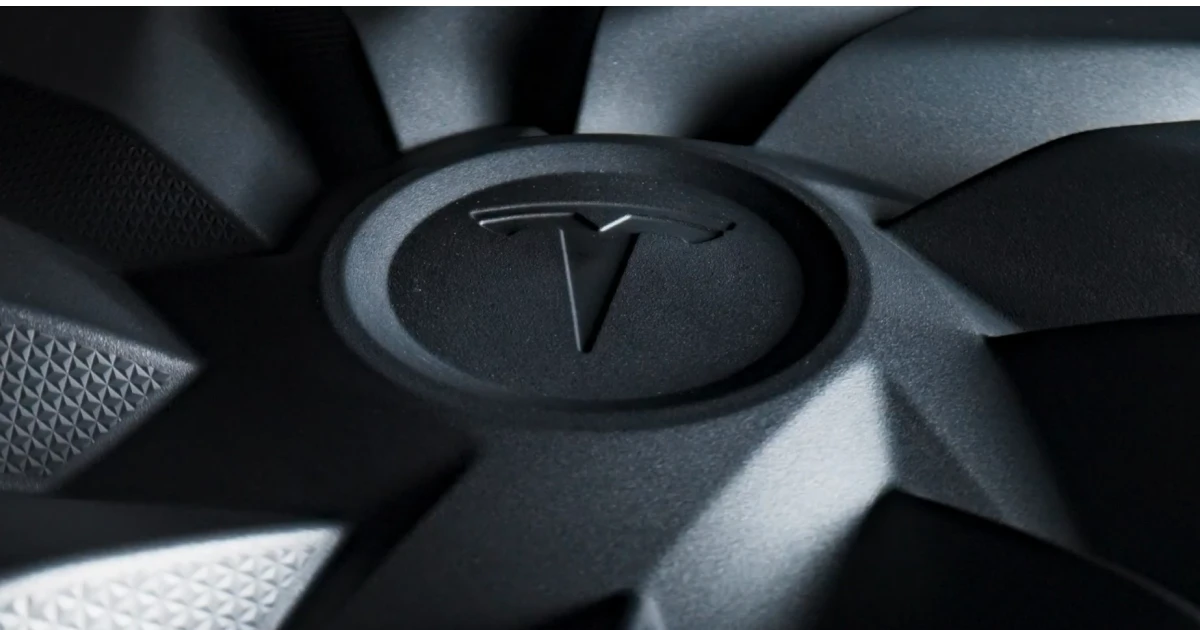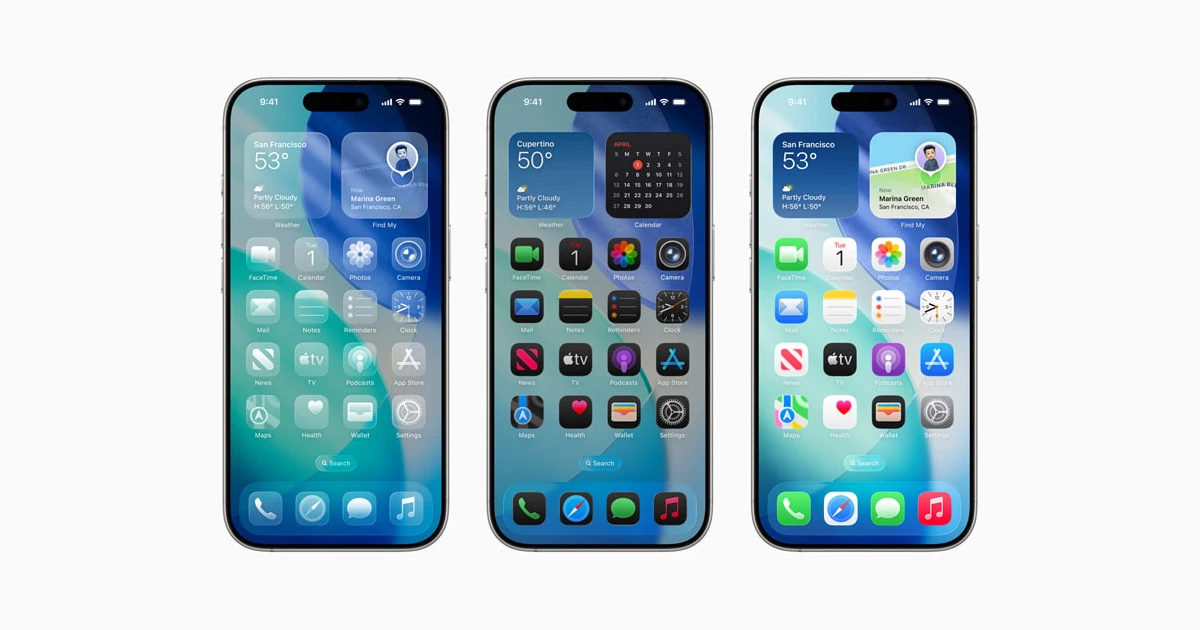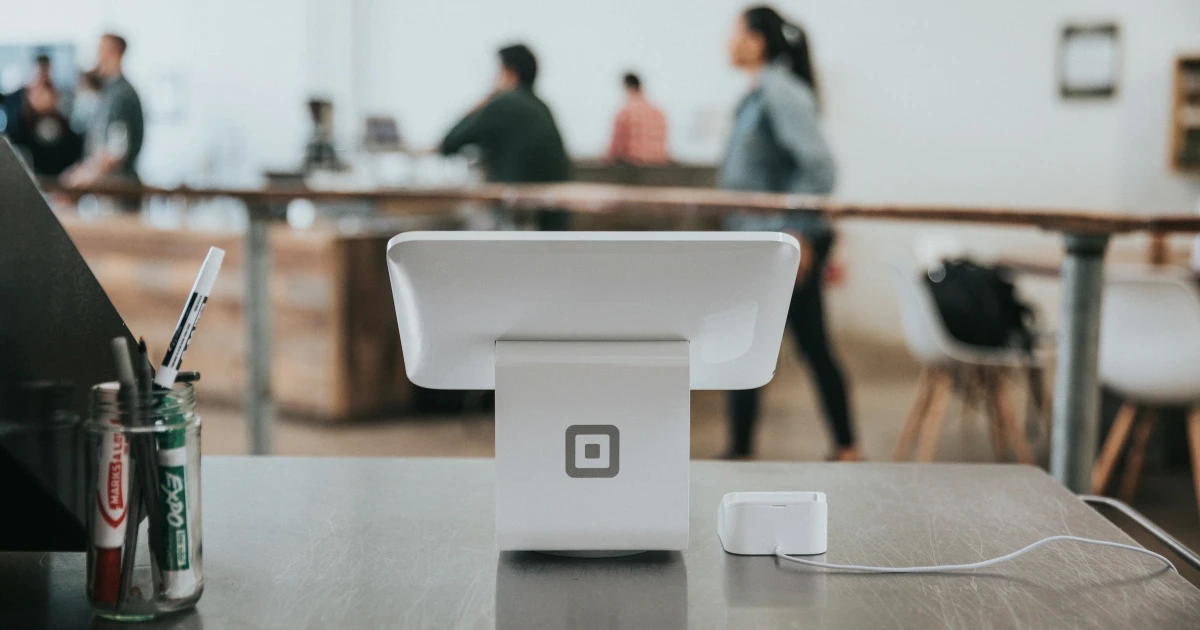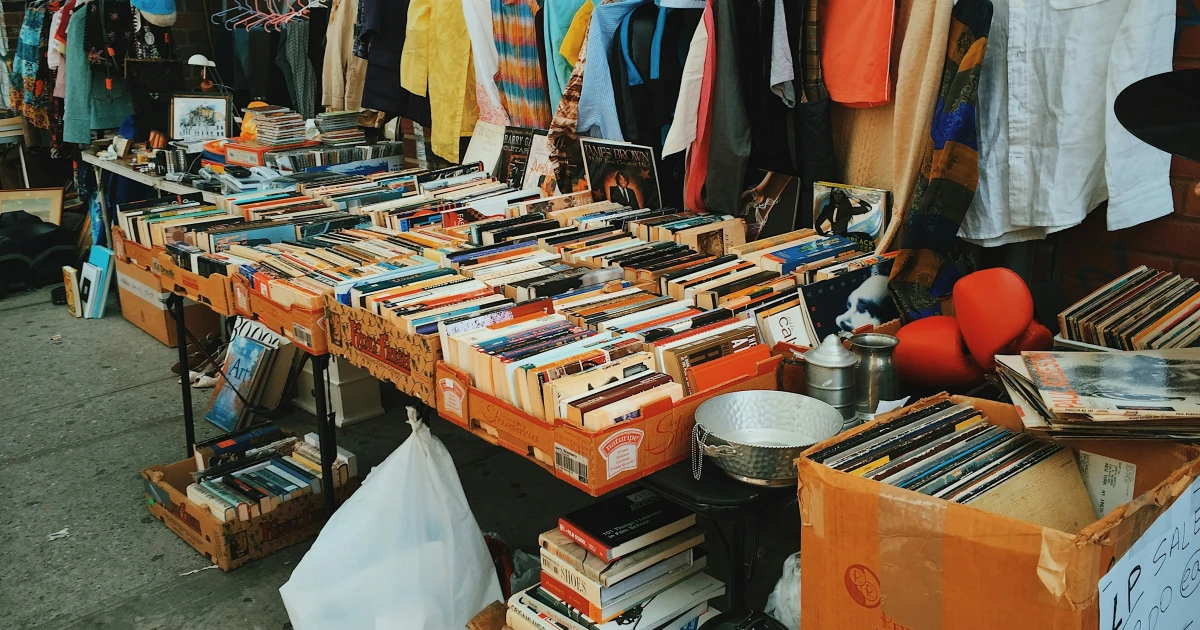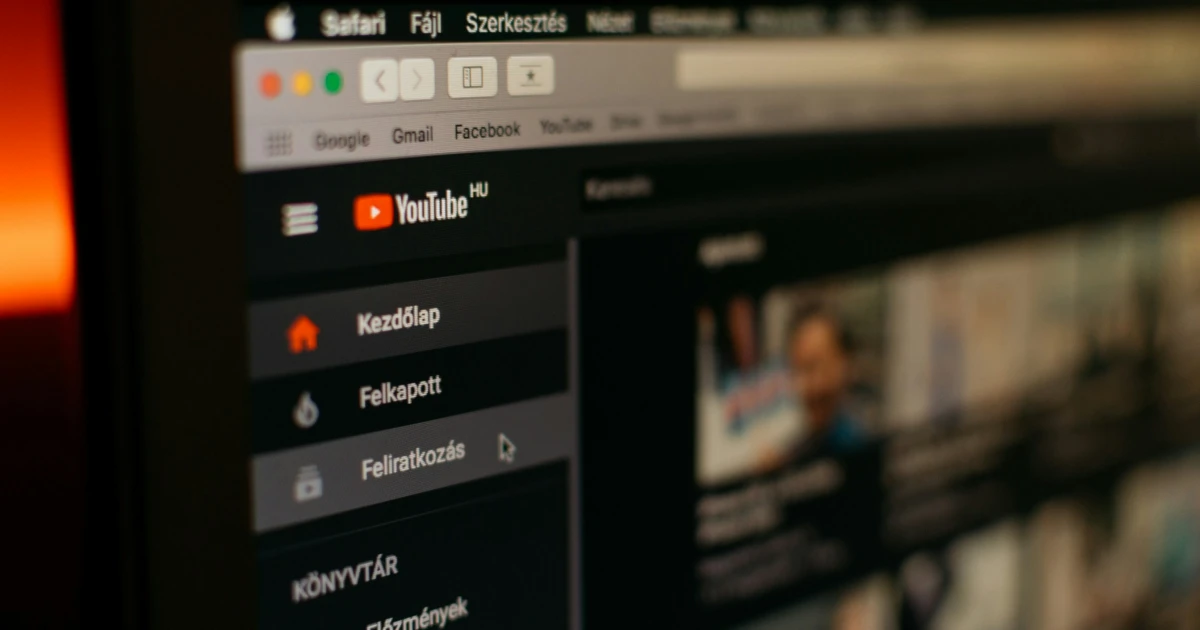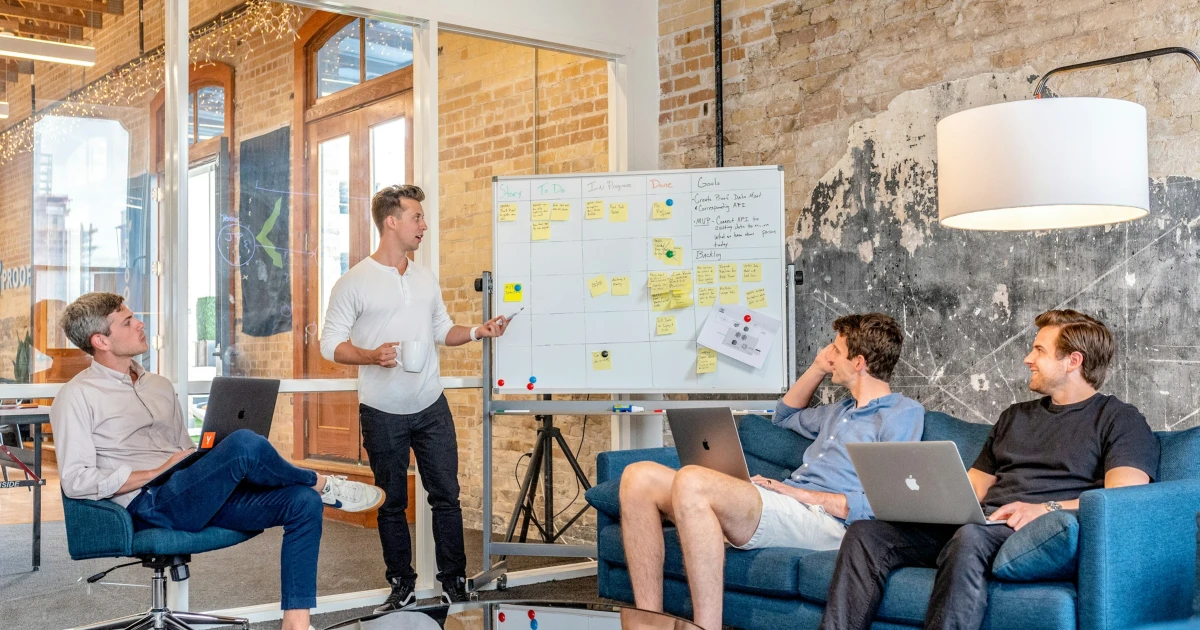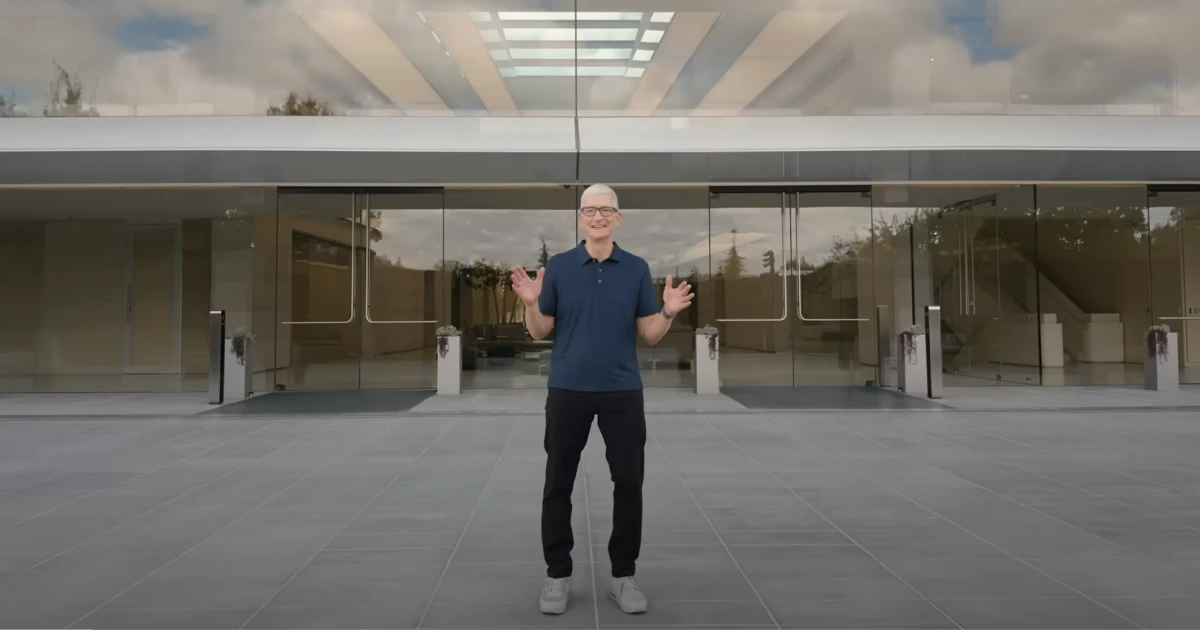In fact, Barilla, the renowned Italian pasta producer, has started printing certain types of pasta since 2016. They considered the opportunity to create innovative pasta designs, and the idea was a success. They are now selling different types of 3D pasta on their website! How amazing is that? And as that’s not enough - there are cases of restaurant chefs creating extraordinary dishes using their printed products. At its core, the raw ingredients are the same. It is just the process of making the final product that is different.
But, some people would say that 3D-printed pasta is not "real" pasta. To these folks, the technique of hand-making pasta is a significant aspect of the meal - it is the history and legacy that distinguishes pasta. Although 3D-printed pasta is more convenient and quicker, it lacks the emotional connection of hand-made spaghetti.
It is no surprise that there is a growing trend in creating more aesthetically pleasing products for the sweet-toothed out there. Let’s face it – we all like cakes, and pastry chefs are ready to differentiate themselves from others by using 3D printers to step up their production process. (and take their creativity game a step up)
Dinara Kasko has experimented with creating silicone molds to shape the final form of her cakes. She created unique shapes that got everyone’s attention and made a name for herself in the pastry industry.
In fact, chefs all over the world are creating amazing designs inspired, in some cases, by the real world. In cases like this, the ingredients are directly placed inside the 3D printer, and layer upon layer of delicious batter is set to end up with the final product.
This is the issue that got all of us interested, as it tackles a lot of sensitive issues regarding the food industry. The good news is that 3D-printed meat and seafood seem to solve existing problems rather than create new ones.
Introducing animal cells into the additive manufacturing process has enabled researchers and enthusiasts to create actual meat-looking final products that are just as safe to eat. 3D printers can design products by placing each cell with surprising precision. Fat cells and muscles end up looking and tasting very convincing, and we can not stop and wonder how much time it will take for this process to be implemented at a high, industrial speed, scale. In this way, the problem of excessive farming and overproduction of food could be solved.
With 3D-printed food, you can also get a comprehensive view of the entire micro- and macronutrients found in a product. This may sound very appealing to everyone today and even more in the future, but there’s a catch - as many nutrients are not as good as their traditional counterparts.
Food safety is a major worry though, as 3D-printed food is typically made from a variety of elements that are not necessarily familiar and may not be as safe as traditional meals. Furthermore, the environment in which the food is produced, as well as the temperature at which the 3D printers run, can have an impact on the meal's safety and also on the environment. However, as the demand for 3D-printed food grows, producers are expected to invest in more complex and dependable technology to assure product safety.
For now, 3D printing looks like the future, but as the technology is not fully developed yet, a lot of negative scenarios can arise. It sounds great on paper (no pun intended), but will it be sustainable in the long run? We’ll just have to wait and see.




.webp)

